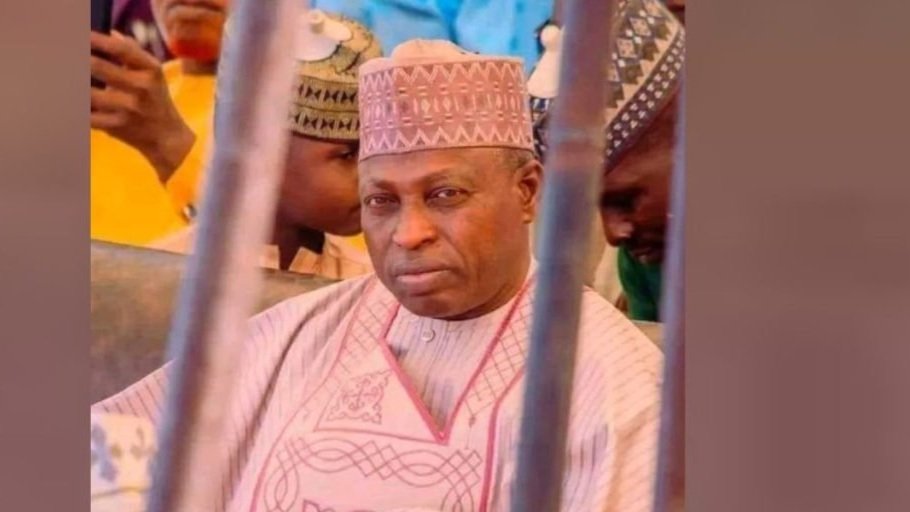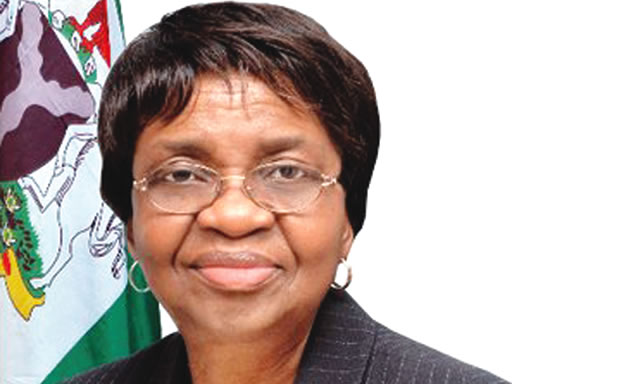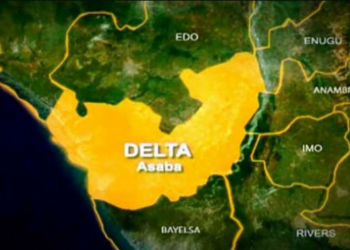Mr. Abba Aliyu is the Managing Director/Chief Executive Officer of the Rural Electrification Agency of Nigeria. In an interview with ChannelsTV flagship Sunrise Daily monitored by Blueprint, the REA boss says electrifying communities without adequate data is very challenging. Excerpts.
Tell us about what your agency is doing at the moment?
We have different programmes that we articulate and to achieve that, one of which is the biggest public sector-funded project funded by the World Bank to electrify 17.5 million Nigerians. And the second one is through the Rural Electrification Fund project that we created called E herd, energising health, education, agriculture, rural communities and incentivising electric mobilities in rural communities. So, these are the programmes that we designed purposely to electrify these 25 million Nigerians. The second aspect of it is to create data because electrifying these communities without data is quite challenging.
And the recent electrification Act that was signed by Mr. President had mandated the rural electrification agency to be the custodian of the national electrification strategy and implementation. We have already started working on that. The plan is nothing other than mapping the entire country to determine where the so called unelectrified communities are, where are the communities that are underserved and where are the communities that are getting much electricity?
So, the plan is going to be a bottom-up approach, going to all the communities determining their level of consumption, determining whether they have the access or not, determining what is the most efficient means of providing them with this electricity, be it renewable source of generation, or should we extend the grid? Because if the community is very close to the grid, should we extend the grid to serve these communities? We will aggregate all the plans for these communities to local government level, to state level, and aggregate it to have a national electrification plan, which would give you the total number of communities that are without electricity, and the total number of the underserved.
What is the level of consumption of these communities? What is the least cost of electrifying these communities, and at the same time, this plan will tell you how many households are in these communities? What is the number of houses in the communities? What is the nature of occupation, what is the total number of people within the communities? This is the plan that we have already started working on. If you follow the news, you will see that the rural electrification agency has been engaging state by state roundtable. Just last week, we had with the Jigawa state government, where we provided them with this data of Jigawa, in front of the executive governor, we showed them that there are opportunities of about 500 mini grids that can electrify more than one million indigenes of the state and where these mini grids potentials are, the social economic variables around these communities that require this mini grid. So that’s the second aspect of it. It is for us to continue to support critical sectors of the Nigerian economy.
We have been intervening in education, housing, and agriculture. Just recently, we completed interventions in seven universities and two teaching hospitals where we provided them with a hybrid mini grid that would provide these universities, 24/7, reliable cost-effective electricity. One, for example, is in the University of Maiduguri where we deployed 12-megawatt capacity powering the university and the teaching hospital, and has the potential to even power the only water treatment plant within the Maiduguri metropolitan area.
So, these are kind of interventions, and we completed seven universities and two teaching hospitals, and we have now started a new line of eight universities and one teaching hospital, and the commissioning of the new phase would start as early as April this year. Then, we also intervened in the health sectors where we deployed 100 containerised 15 lowered peak mini-grids at various health institutions, two of them here in Lagos. So we’re intervening in health, in education and in agriculture. In fact, the first event I presided as the confirmed MD of the rural electrification agency is signing 23 agreements with the private sector to deploy hybrid mini-grids in 23 agricultural clusters. We used our geospatial mapping to identify the cultural hubs that require this mini grid to enhance productivity, to also give the farmers opportunity to farm all year round, and at the same time also reduce harvest losses, which is the greatest challenge affecting the Nigerians food security.
What are the insulators you are putting in place to curb corruption in your agency?
Yeah, that’s a very good question; just also as a context, before my appointment, I was head of the World Bank and African development and project management unit. It’s a project management unit with defined processes and a well enshrined transparency and accountability system, and when the current Honourable Minister of Power nominated me to even act in that capacity, he only heard of me; he had never seen me in person. But part of the reason, I think, why he nominated me is because of that transparency and accountability that is imbibed in the project management unit that I was running at that particular time. So, it is, and his expectation is to bring that transparency and accountability to the mainstream of rural electrification agencies. And this is something that I had already started.
If you look at it, the one of the first thing we did, for the first time in the history of rural electrification agency, is to publish the capital project implementation plan of the agency, where the entire amount of money that was allocated to the agency in 2023, and how we spend that money was published. It’s now in the public domain. And this is my own way of creating accountability, opening the agency to the general public, to even the journalists, to hold us accountable and see that we are doing the right thing. That is one; the second aspect of it is to also leverage on data to be able to communicate and also establish what we are doing. Currently, even our technical standard has improved. Even if we install a solar street light, which we often do, it’s very difficult to account for it. But now we have data loggers that we can install on this solar street light that if you come to our office, you can communicate, you can see if we say, we install 2000 solar street lights, you can see them. We are using technology also to open things up, and at the same time, it’s also improving our internal process.
How is the government ensuring external audit deters directors or members of the agency from engaging in kickbacks from contractors?
If it is an external audit, the 2024 external audit has been completed and we are about to sign it. We have external auditors who are mandated to do a review of our books and we are to send it to the public accounts committee of the National assembly. Why we are strengthening the internal audit is because it is preventive. The external audit is normally at the end of the year, they look back and review the books, but the internal audits look at the operation day in day out, thereby reducing the cost and preventing any means of fraud taking place within the agency. And that is why I’m strengthening the internal audit more, but we also have the external audit concept that is being done year in year out in REA.
Your ideas are brilliant, but implementation is another kettle of fish. As I look at the budget, besides the HQ of your ministry, the big ministry, the next biggest expenditure is the rural electrification. Give us a one-year projection of what you want to achieve?
In fact, it shouldn’t even be one year; it should be in the next six months. Engage me in six months. I will tell you that before the next six months, we would at least commission 60 mini-grids. I will tell you that I have started the process of deploying interconnected mini grids, 40 interconnected mini grids for us to create reliability. I will also tell you that I have started a process of deploying mini grids in additional five universities. And I will tell you also that in the next six months I have completed at least two, minimum two, of the eight mini grids that I’m deploying in the eight universities-teaching hospitals. I may do more than the two, but I’m telling you a minimum of two. And I will also tell you that I’ve started another five interconnected mini grids. I will also tell you that in the next six months I have started solarising the public sectors.
We’re looking at maybe some key government parastatal in Abuja and maybe outside Abuja, I will tell you those that I have already started, and in one year, let it be also on record, I will complete the 8 universities and one teaching hospital. I will complete the interconnected mini grids for those eight universities. The UCH is one that we are looking at starting. We want to do the University of Ibadan plus the teaching hospital. Lagos and teaching hospital, Obafemi Awolowo university and teaching hospital, university of Nigeria, Nsukka, Ahmadu Bello university.
Tell us about pricing. What assurances are you giving us that price will be minimal considering that you are partnering with the private sector?
So, the pricing is why we are de-risking the government by committing resources to risk the sector, thereby reducing the cost of the infrastructure that the private sector is deploying. That means that the tariff would be low. The price per kilowatts will depend on the distribution network and the cost of the infrastructure. It differs, but it starts from N120 per kilowatt.




 1 day ago
23
1 day ago
23








 English (US) ·
English (US) ·